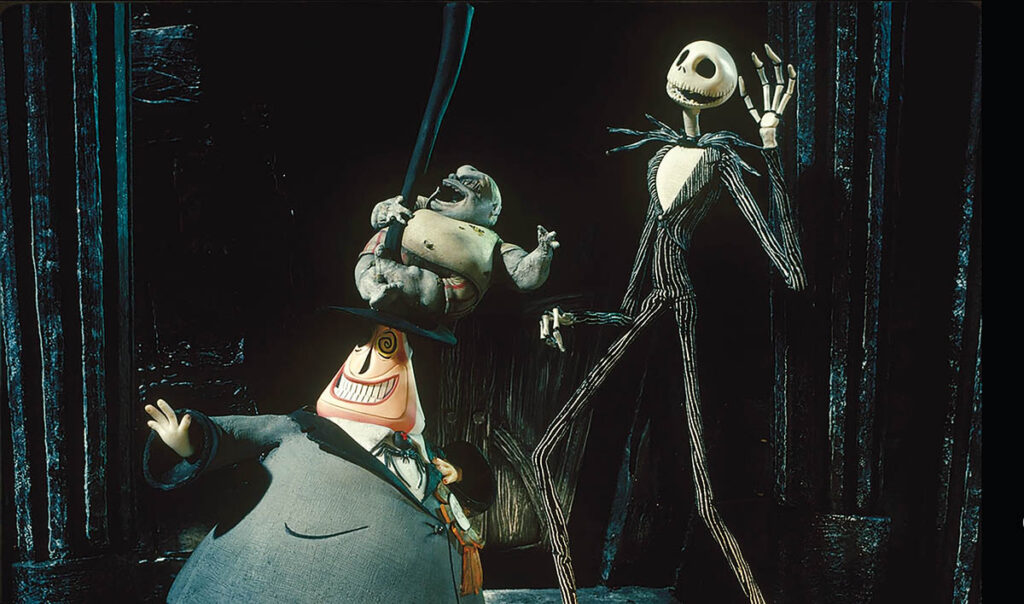

In an era dominated by CGI and cutting-edge digital effects, stop motion continues to thrive as a vibrant, hands-on art form, captivating both filmmakers and audiences with its tangible, handcrafted charm. Visionary auteurs like Australian director Adam Elliot are keeping this timeless technique alive, infusing their stories with a unique, tactile aesthetic that digital effects simply can’t replicate.
Our cover story on Memoir of a Snail (page 24) dives into this enduring craft, which brings inanimate objects to life through meticulously photographed frame-by-frame movements. Stop motion has roots stretching back to cinema’s earliest days when Georges Méliès wove it into his iconic A Trip to the Moon (1902), blending magic with motion.
The technique truly found its stride in the 1920s and ‘30s with trailblazers like Willis O’Brien, whose work on The Lost World (1925) and King Kong (1933) revolutionized the integration of stop motion with live action. Ray Harryhausen took it to new heights with the legendary Jason and the Argonauts (1963), crafting unforgettable sequences like the skeleton battle that still inspire awe today.
Fast forward to the 1990s, when Tim Burton’s The Nightmare Before Christmas (1993) and James and the Giant Peach (1996) gave stop motion a darker, more whimsical twist. Laika Studios pushed boundaries even further with Coraline (2009) and introduced 3D printing innovations in Kubo and the Two Strings (2016), redefining what’s possible within the medium.
Meanwhile, Aardman Animations charmed the world with its signature Claymation style in Wallace & Gromit films and Chicken Run (2000), while Wes Anderson’s Isle of Dogs (2018) showcased the seamless fusion of traditional stop motion with modern digital compositing. Exquisitely crafted and elegantly designed, Guillermo del Toro’s Pinocchio won an Oscar in 2023 for Best Animated Feature. Del Toro co-directed his Pinocchio with Mark Gustafson, an animation director on another modern stop-motion classic, Wes Anderson’s Fantastic Mr. Fox (2009).
Despite the rise of digital technology, stop motion isn’t just surviving – it’s evolving, thriving and proving that there’s nothing quite like the magic of handcrafted storytelling.